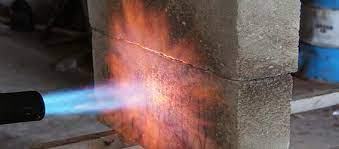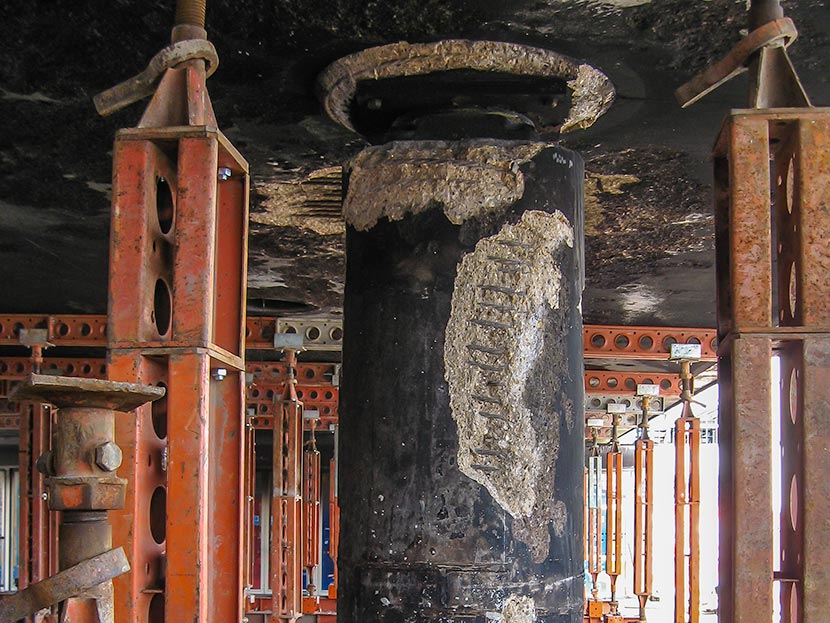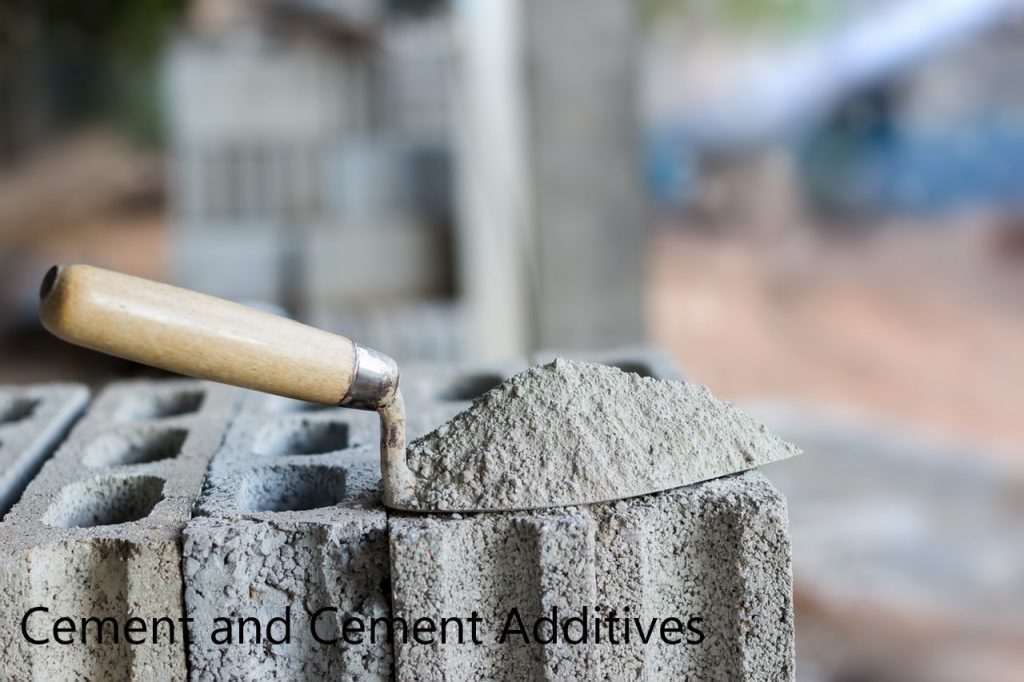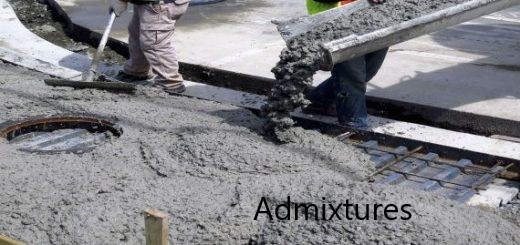Concrete is a composite material that includes water, cement, aggregates, and admixtures. The concrete melting point depends on several factors.
The melting point is referred to as the solid changes its status to liquid.
Some argue that there is no melting point for the concrete as its composite materials fail before it reaches the particular stage. Let’s have look at the factors to be considered in this.

The behavior of Concrete Composite Materials
The material in the concrete has different melting points. Thus, the argument that brought there is no melting point could be correct.
- Quartz sand melt at 16500 C
- Cement melt about 15500 C
- Limestone decomposed about 8250 C
- Granit melts at about 12600 C
- Limestone melts about 25700 C
it also revealed that the concrete exposed to the fire failed before it started melting due to the failure of its composite action. Debonding of material could be the reason when other material reaches its melting point could be the main reason.
From that perspective, it could say that there is no melting point for the concrete.

How We Judge Concrete Melting Point
When the temperature of the concrete reaches about 8000 C and when it starts further increase, the decomposing of the concrete could occur. This is something like spalling of concrete due to the corrosion of reinforcement.
The concrete in the cover zone will start to separate when it starts to be exposed to the fires continuously. Due to the composite action with the reinforcement the concrete above and at the same level of reinforcement is retained with the reinforcement most of the time.
Reinforcement tends to retain the concrete separation and spalling. Further increases in the temperature, yielding of reinforcement, having considerable loading on the floor, etc. could lead to the failure of slabs exposed to the fire from its bottom.
In these instances, also, concrete will not melt, and fail before it is reaching the melting point that we expect.
Due to these actions, it could say that there is no meeting point practically observed in the concrete structure due to the behavior of its composite materials.
Further, we concluded with an open answer to the question What is the melting point of concrete?


